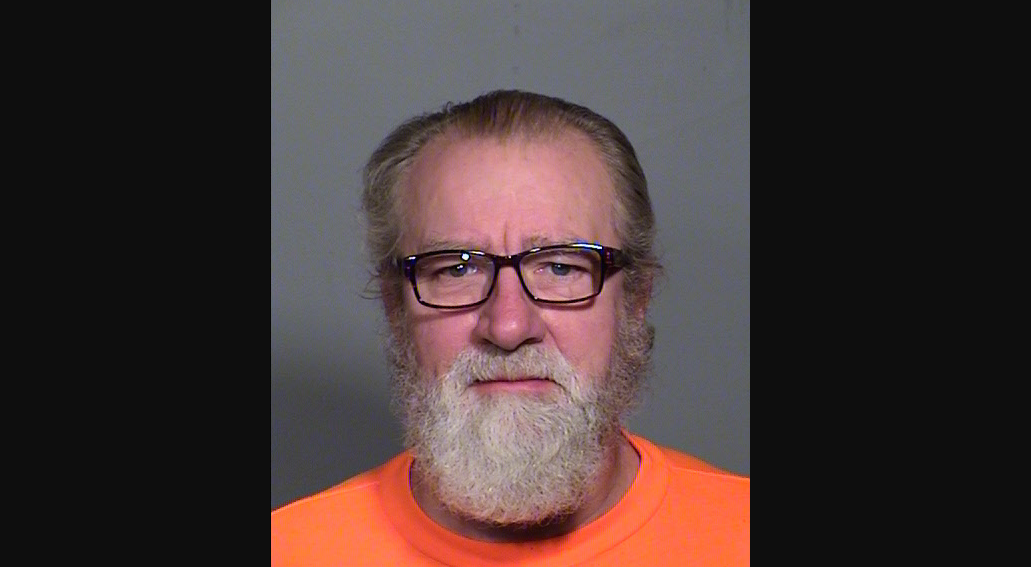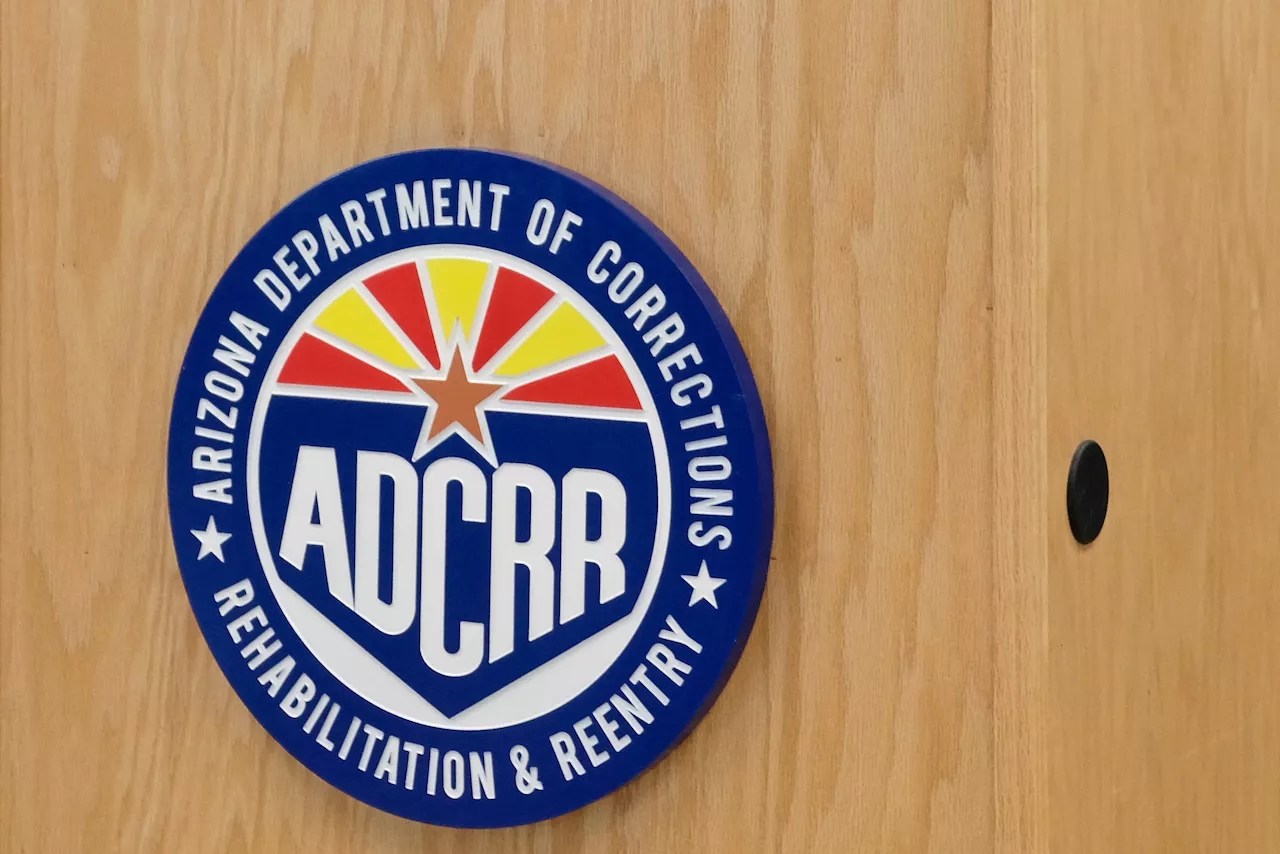
Arizona Department of Corrections, Rehabilitation and Reentry

Audio By Carbonatix
It was hardly a whodunnit: Ricky Wassenaar killed three other prisoners at a state prison in Tucson in April, and he claimed to have killed a fourth last November.
He had reportedly told prison officials and a prison advocate outside the system that he was going to kill anyone they put in his cell. Not only were some of the murders most likely caught on surveillance video, Wassenaar also confessed to all four killings, even going so far as to call The Arizona Mirror to brag about them. He later called a Phoenix TV station to do the same.
The Arizona Department of Corrections lists three counts of first-degree murder on Wassenaar’s disciplinary record, visible to anyone on the department website.
For nearly four months, the Mirror asked the Department of Corrections and the relevant prosecuting agencies when the department would complete its investigation and when it would refer charges to a prosecutor. As of Monday morning, that had not happened.
This year, make your gift count –
Invest in local news that matters.
Our work is funded by readers like you who make voluntary gifts because they value our work and want to see it continue. Make a contribution today to help us reach our $30,000 goal!
On Monday evening at around 7 p.m., after another round of questions, an Arizona Department of Corrections public information officer texted that the charges had been referred to the Pinal County Attorney’s Office. A half hour later, that agency’s PIO confirmed that the charging document had suddenly appeared in the county’s computer system.
In a Tuesday morning text, Brendon Cross, a Corrections PIO wrote, “While the Department is not the charging entity, recommendations have been sent to the County Attorney. It is the ADCRR’s intention to support the integrity of their investigation and potential charges by deferring to them for additional questions.”
A spokesperson for Pinal County told the Mirror after this story was published that the county would need 90 days to review the referral before charges are filed. Charges will not be final until prosecutors take the case before a grand jury.
Under Arizona law, a triple homicide is eligible for the death penalty, and having prior convictions and committing crimes while in prison are serious aggravating factors.
Because the murders happened in Tucson, the case was supposed to be handled by the Pima County Attorney’s Office, whose elected head, Laura Conover, has published op-eds against the death penalty. But in recent weeks, Pima County handed off the case to Pinal County because of an unspecified conflict of interest, which requires discussion about money and staffing and a mutual agreement between agencies. Both offices acknowledged the hand-off weeks ago, but it only happened officially on Monday.
Why so much secrecy? State legislators are already questioning how the deaths were allowed to happen, and the state could be found liable for wrongful deaths.
“It does seem odd, although things coming out of the prisons are often delayed,” said John Canby, an attorney at the Maricopa County Public Defenders Office, and a former prosecutor who ran the charging unit at the Pinal County Attorney’s Office.
“Are they slow walking? Or are they trying not to get the information out?” he asked.
Kenneth Fields, a retired Maricopa County Superior Court judge and former assistant U.S. Attorney, agreed.
“It seems strange to me,” he told the Mirror. “The only thing that keeps circling back in my mind is the gross incompetence of the guards and other people in charge.”
“It’s an open-and-shut investigation. There’s no reason to hold it up.” On Monday, three months after the fact, the Arizona Department of Corrections, Rehabilitation and Recovery referred criminal charges for the killing of three inmates in April. Katya Schwenk
Who is Ricky Wassenaar?
Wassenaar, 62, burst into the news in 2004, when he and another prisoner took over a guard tower at the Lewis Prison near Buckeye. They took two correctional officers hostage and held them for a record 14 days before surrendering. The ensuing trial was a circus – Wassenaar defended himself – and because he was already serving time for armed robbery, the prison takeover earned him 16 life sentences, even though he had not killed anyone.
Last November, he objected when prison officials decided to house another prisoner in his cell. He told Donna Hamm, of the prison advocacy group Middle Ground, that he even laid down to block entry to the cell. He had recently been upgraded to close custody from maximum security and had lived alone in cells for the last 20 years. He claimed he told the authorities that he would kill anyone they placed in his cell.
On Nov. 5, Wassenaar told correctional officers that his new cellmate, Joseph DeSisto, 81, was dead. Wassenaar claimed that he had strangled DeSisto. Despite Wassenaar’s detailed description of the crime, an autopsy could not confirm that the death was a homicide.
Wassenaar was not charged, much to his chagrin. Under the law, prosecutors can’t accept a confession without first having corpus delecti, that is, evidence that a crime was committed.
DeSisto’s wife, Debbi, had no idea her husband might have been murdered until she read the Arizona Mirror’s story about Wassenaar’s confession months later.
“Nobody told me anything,” she told the Mirror in an interview.
“They said they tried resuscitating him three times,” she said. “I didn’t think to ask what preceded it.”
She said she will be filing a lawsuit.
Wassenaar claimed he told prison officials that he would kill anyone else they placed in his cell. He kept his word.
On April 4, correctional officers put a convicted rapist and murderer named Saul Alvarez in his cell. Wassenaar said he strangled Alvarez and stabbed him through the eye. Then he went out on the prison yard with a hefty rock in his fishnet laundry bag, got to where other prisoners were gathering to be let in to breakfast, and started swinging. There, he said, he killed Thorne Harnage and Donald Lashley, and injured a third prisoner.
“Child molesters: I wanted to kill them all,” he told the Mirror in a telephone interview afterward.
“The taxpayers no longer have to pay for them,” he said. “I’m paying my debt to society.”
And then, no word.
In June, Wassenaar called Hamm to ask if she had heard anything about charges against him. She had not.
“He told me he was willing to plead guilty and stipulate to the death penalty,” she said. He said he would do so if he were allowed to air his grievances about the Department of Corrections.
It’s not that easy. One can plead guilty and legally agree to aggravating factors that justify a death sentence. But the actual sentence has to be imposed by a jury, or in rare circumstances, by a judge. Whatever happens, it won’t make much difference for Wassenaar who is already serving 16 life sentences. And if he were sentenced to death, he would be well into his 80s before that sentence could be carried out.
Oddly, Wassenaar also asked Hamm to find attorneys to represent the families of his victims, which she did.
Now the case has been referred and is under review by Pinal County prosecutors.
This story was first published by Arizona Mirror, which is part of States Newsroom, a network of news bureaus supported by grants and a coalition of donors as a 501c(3) public charity.